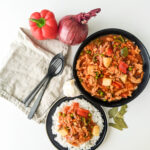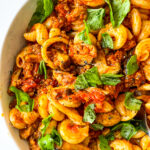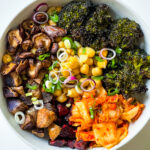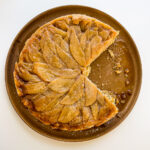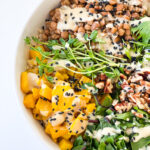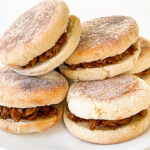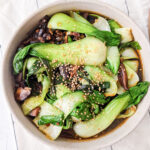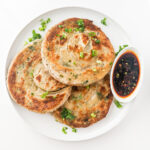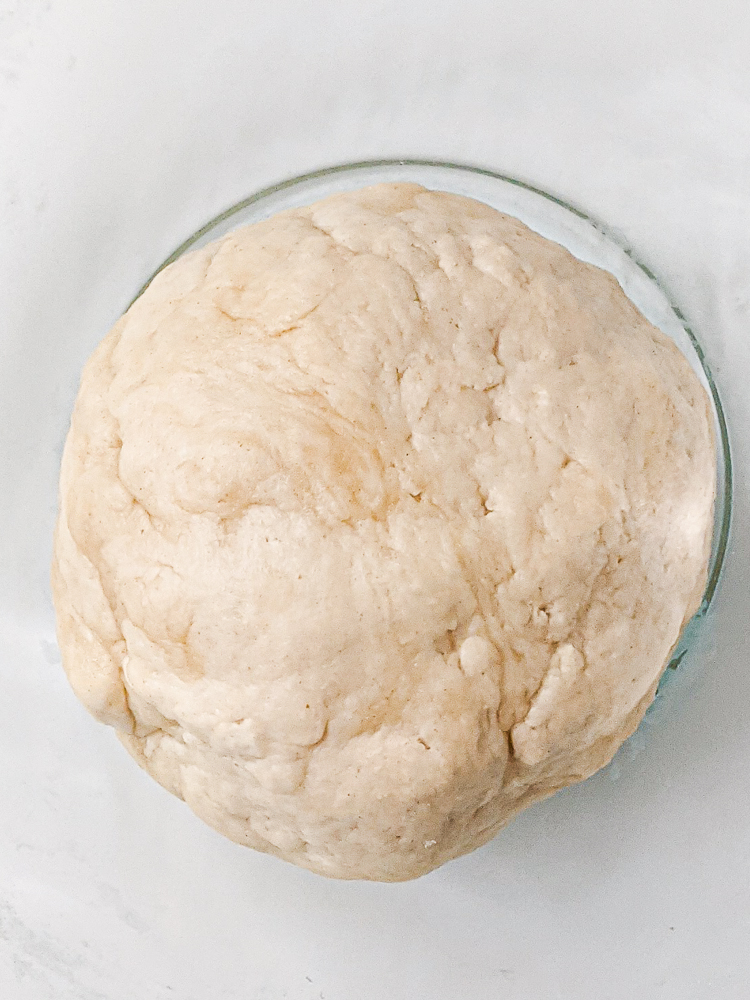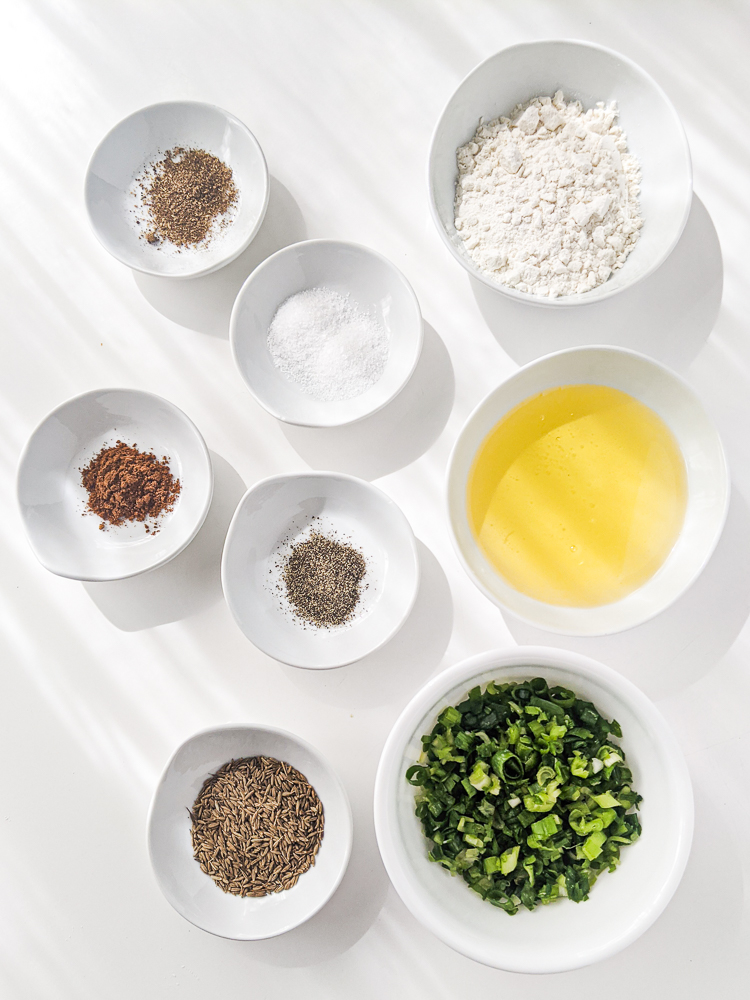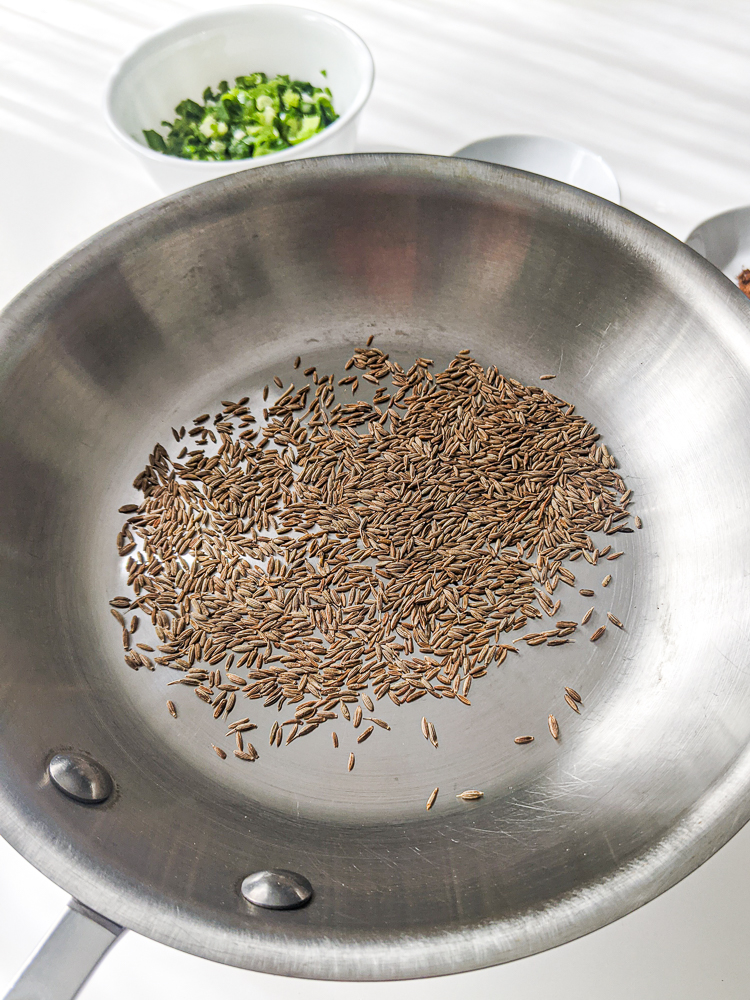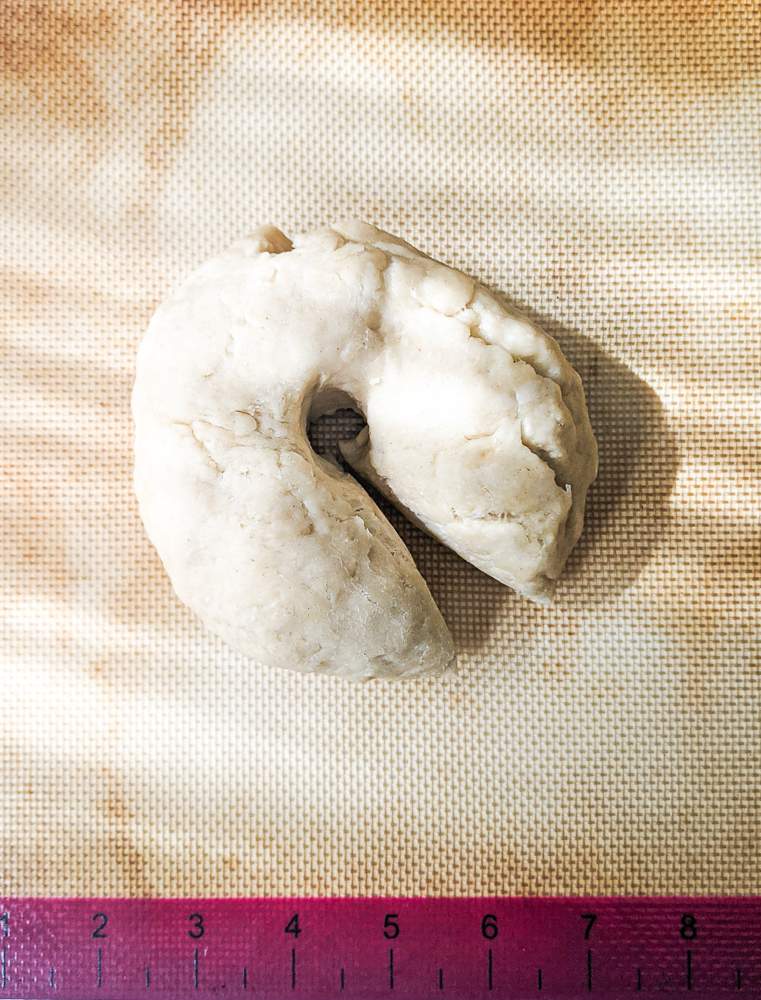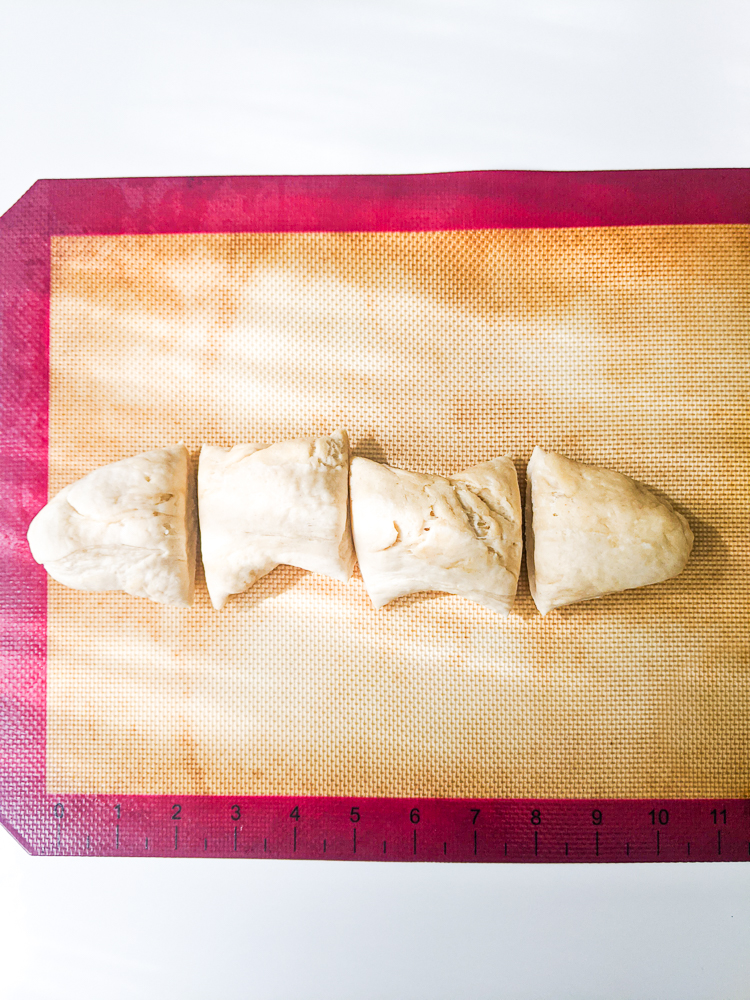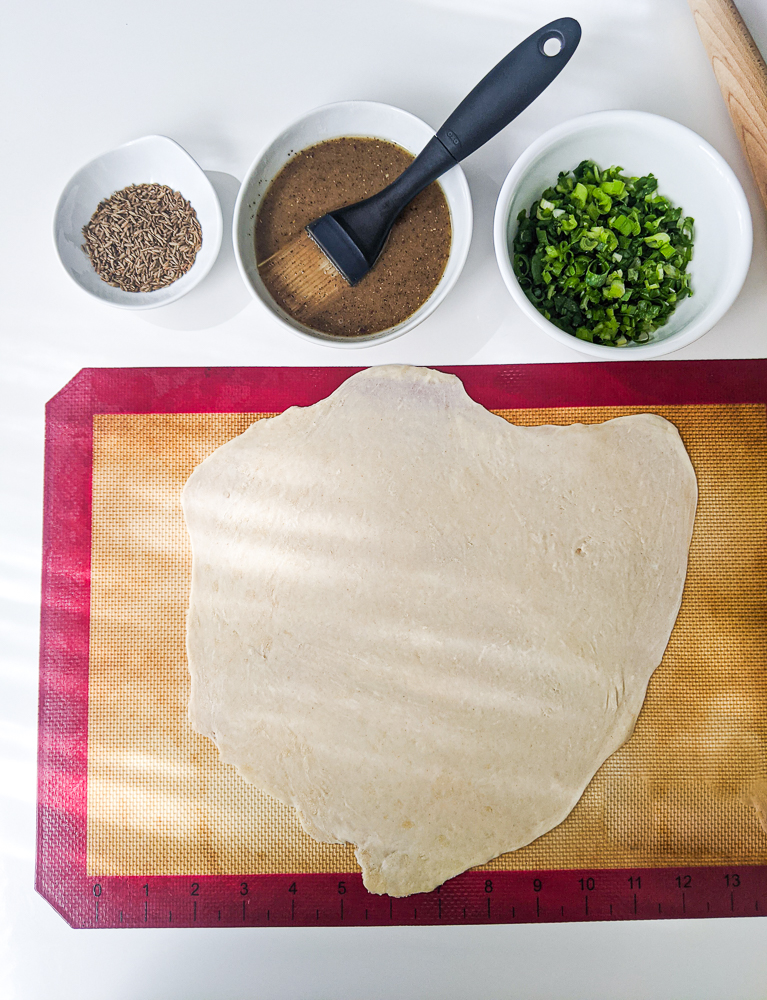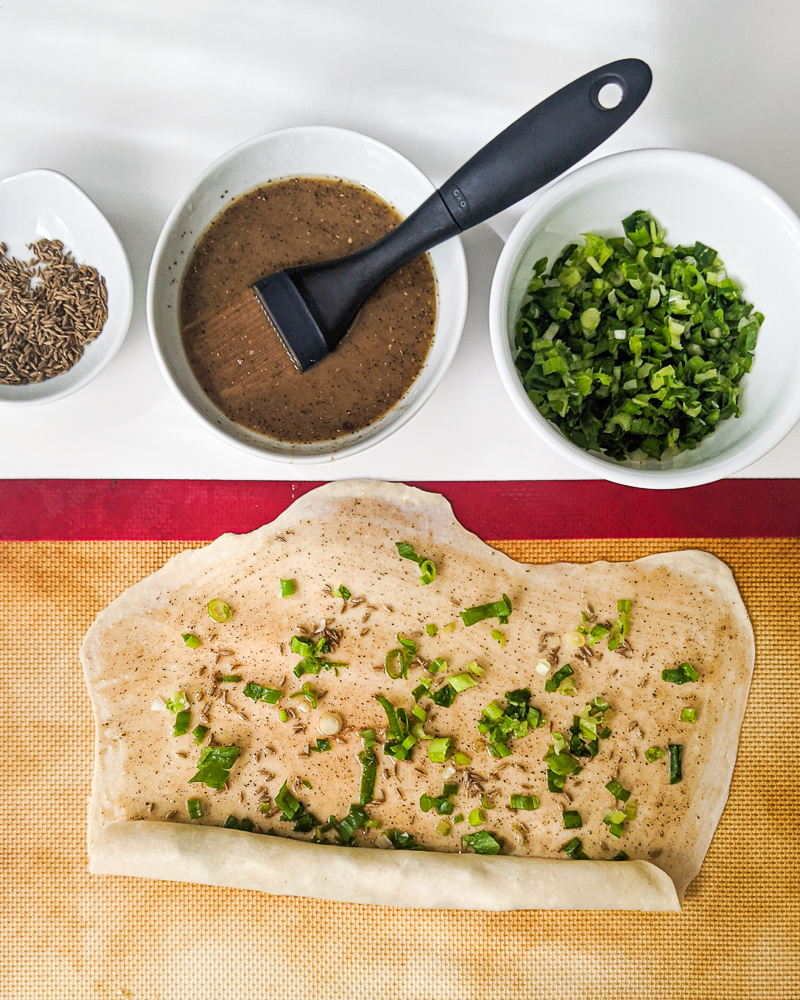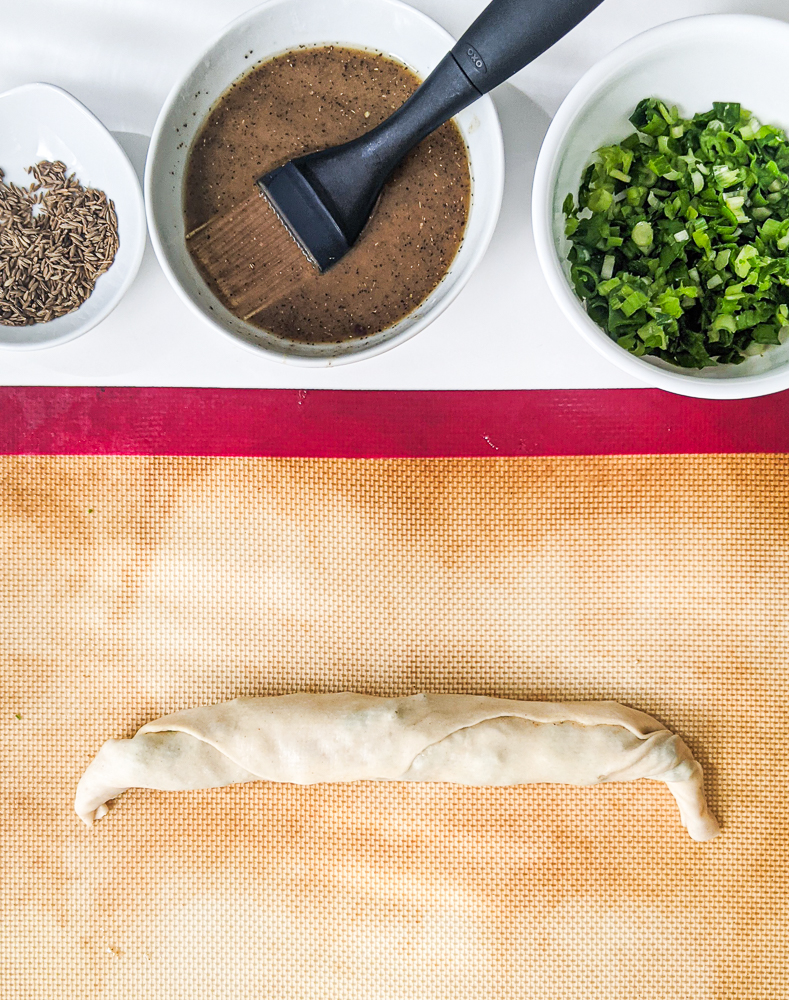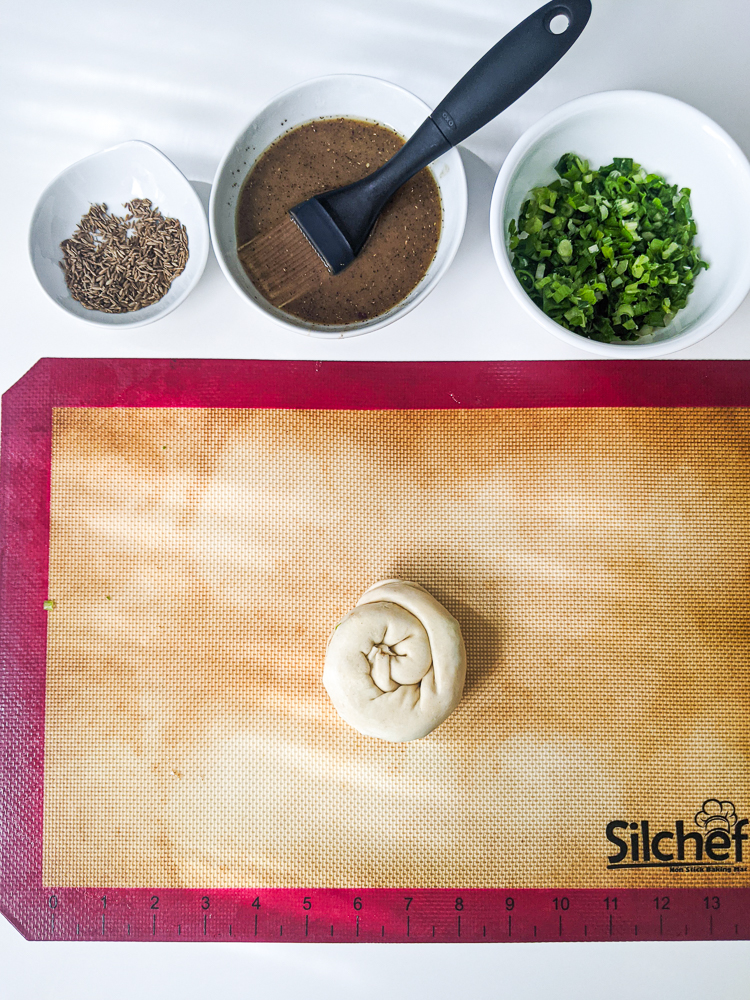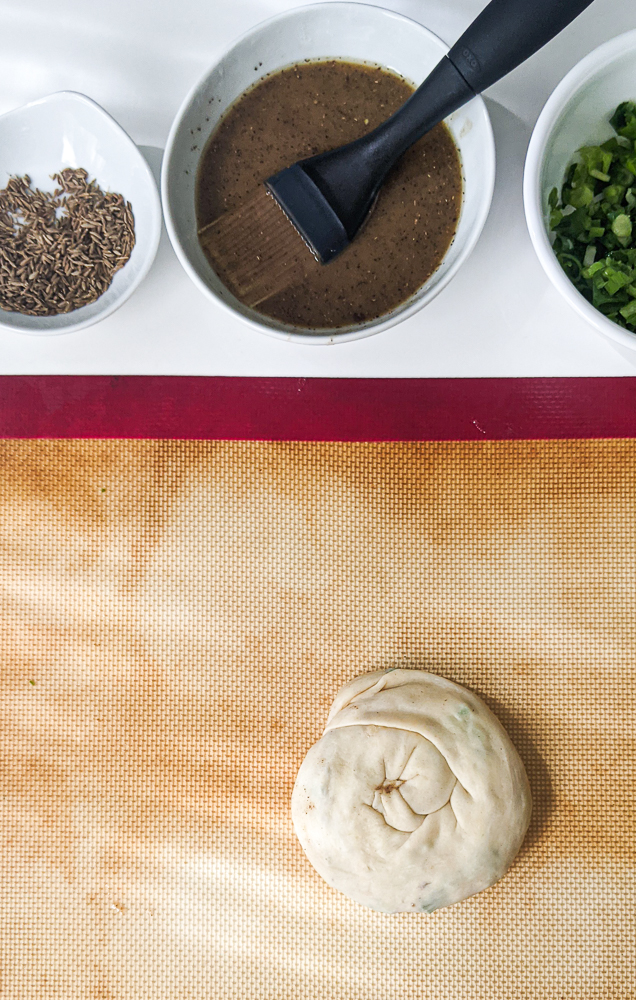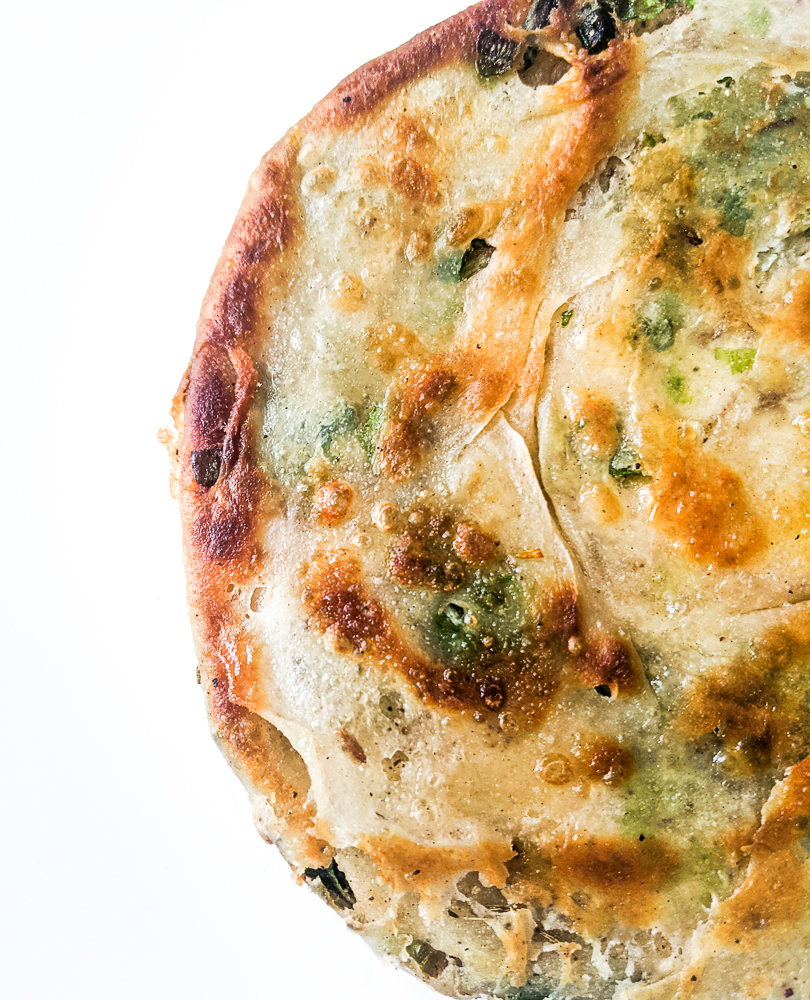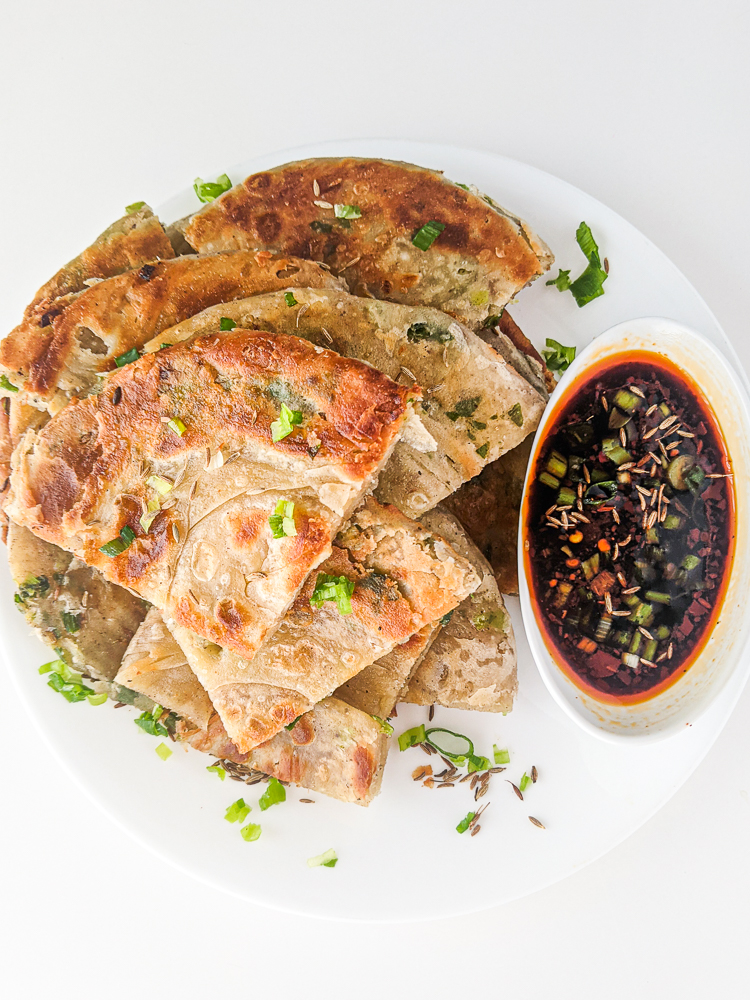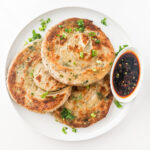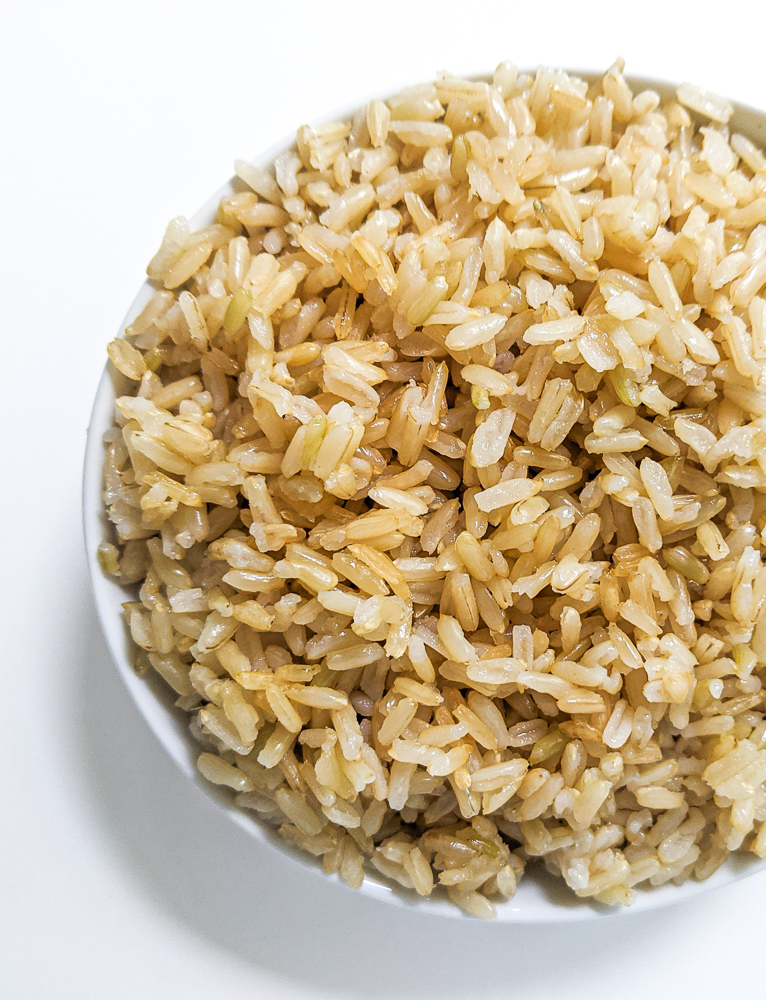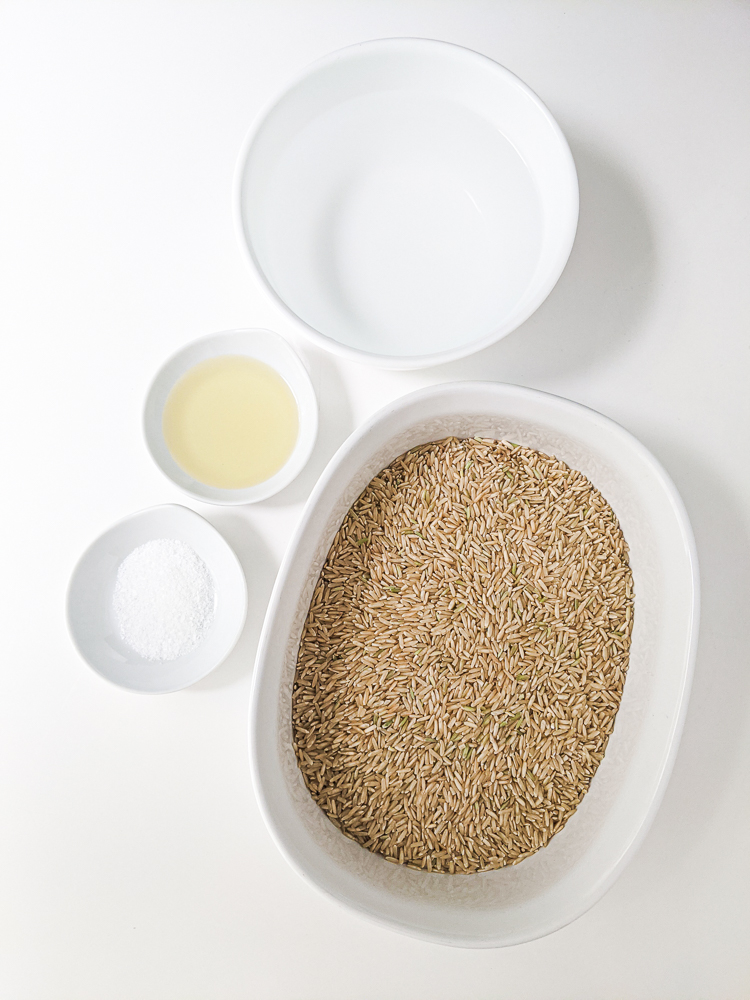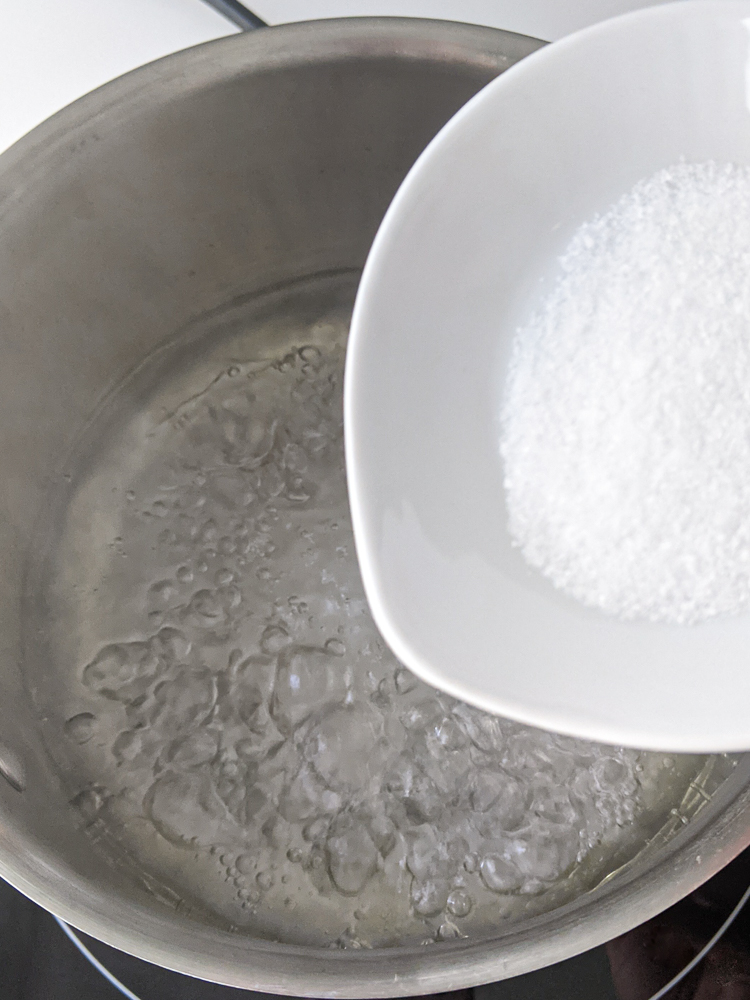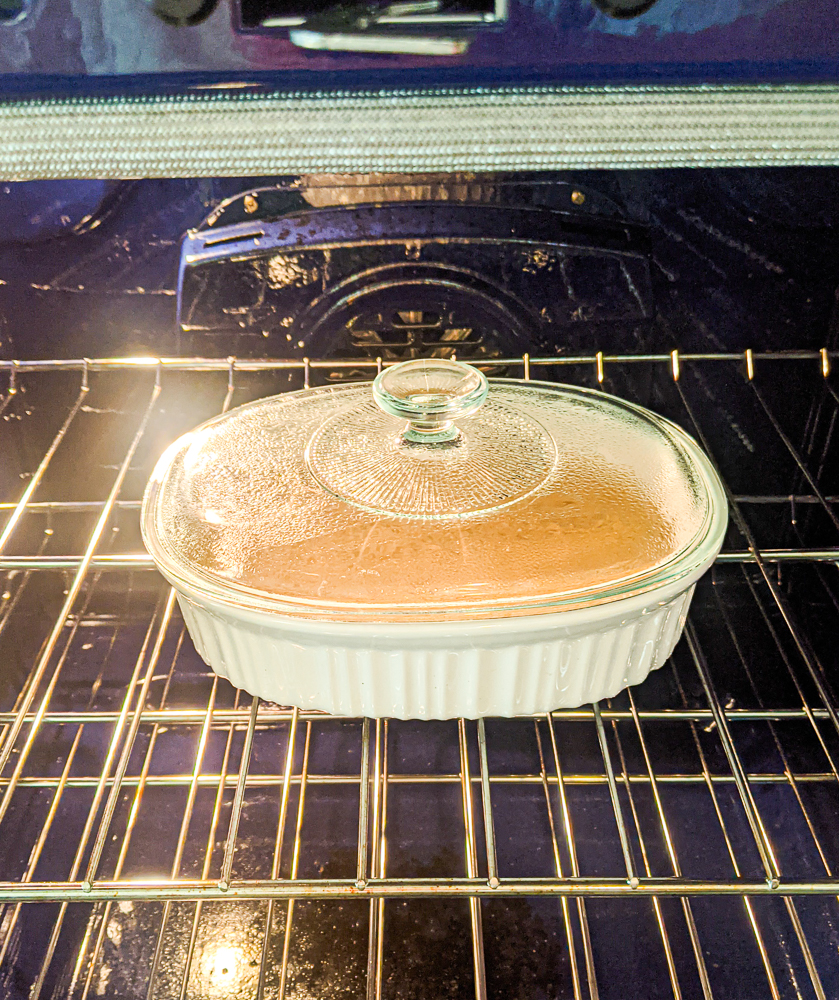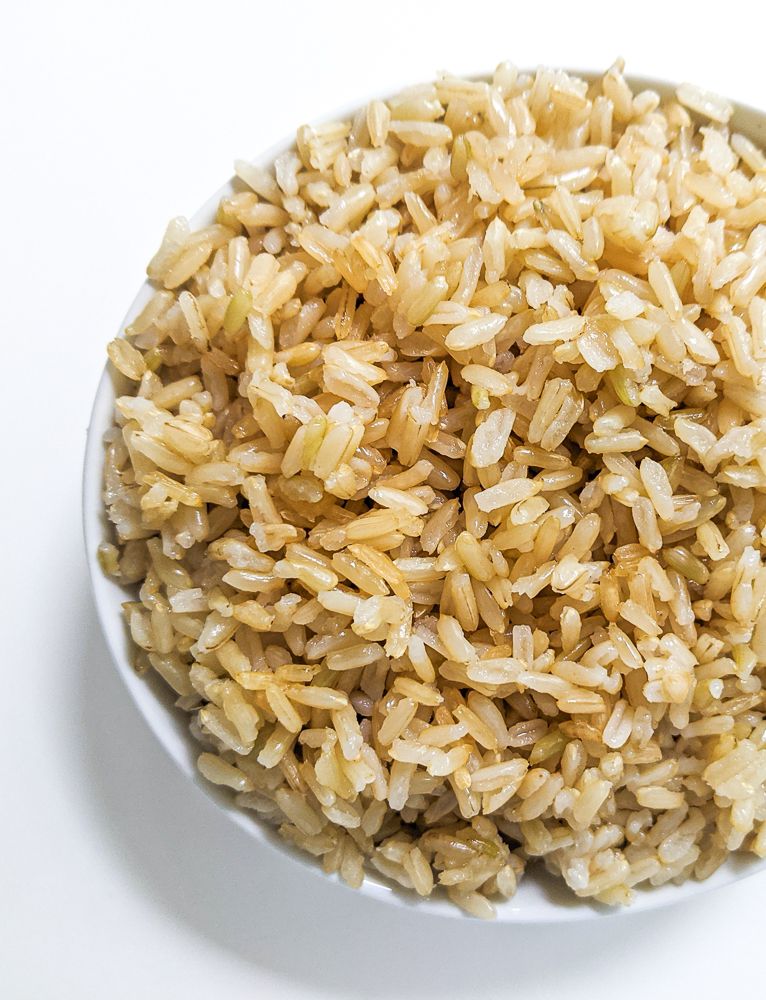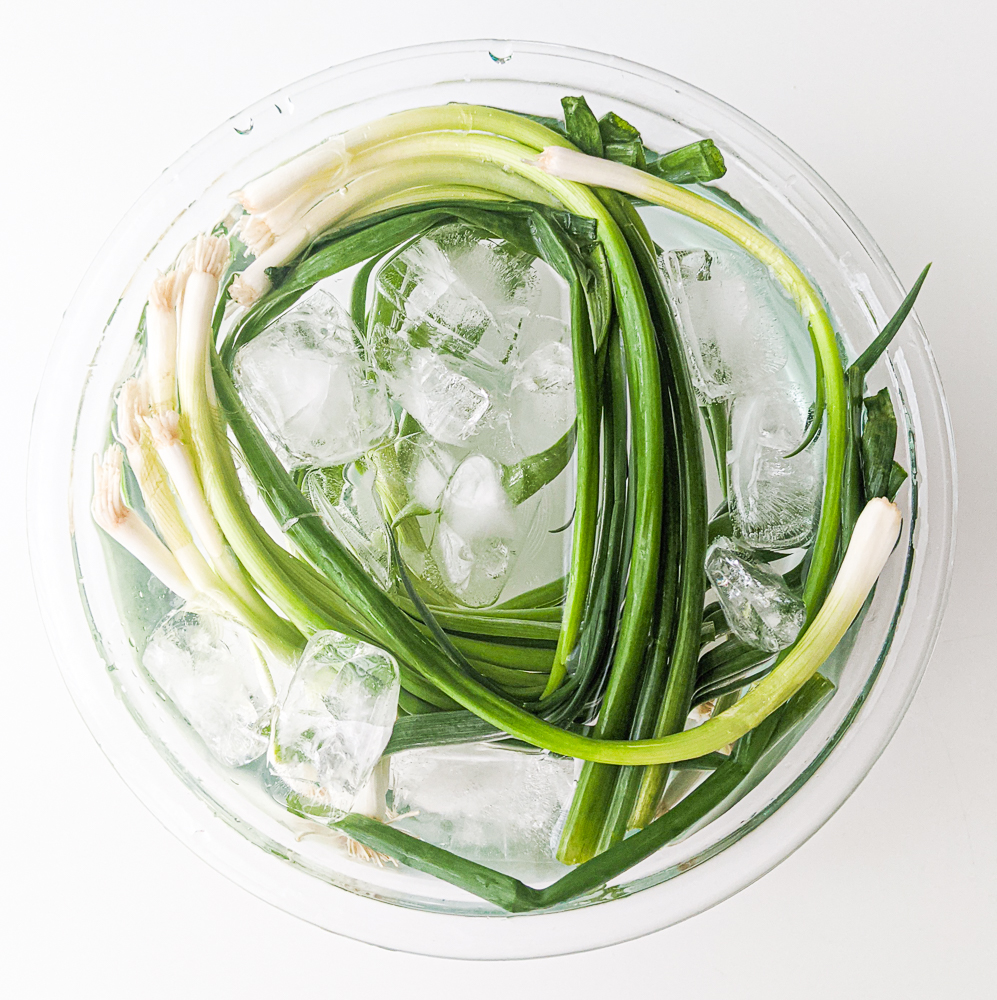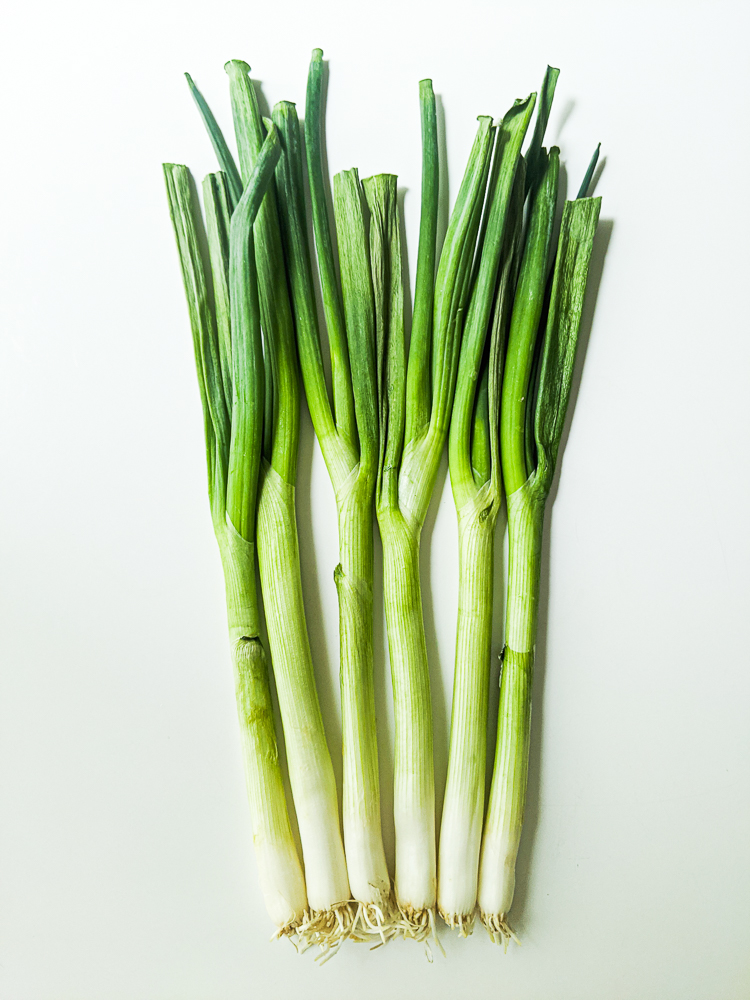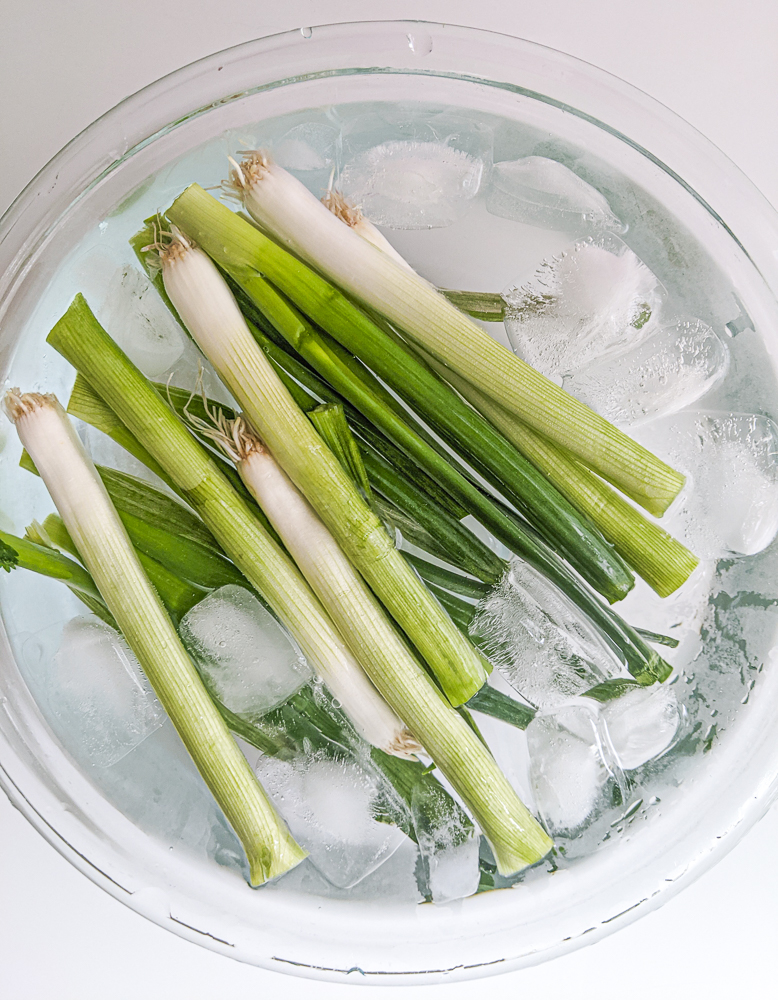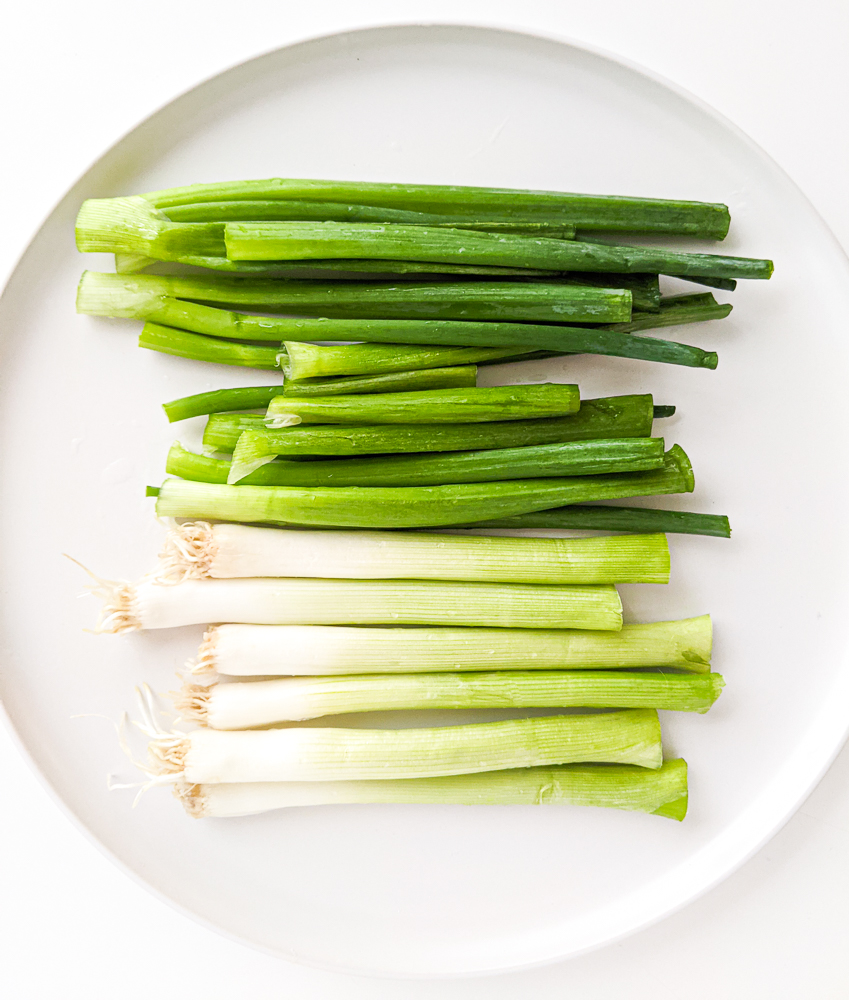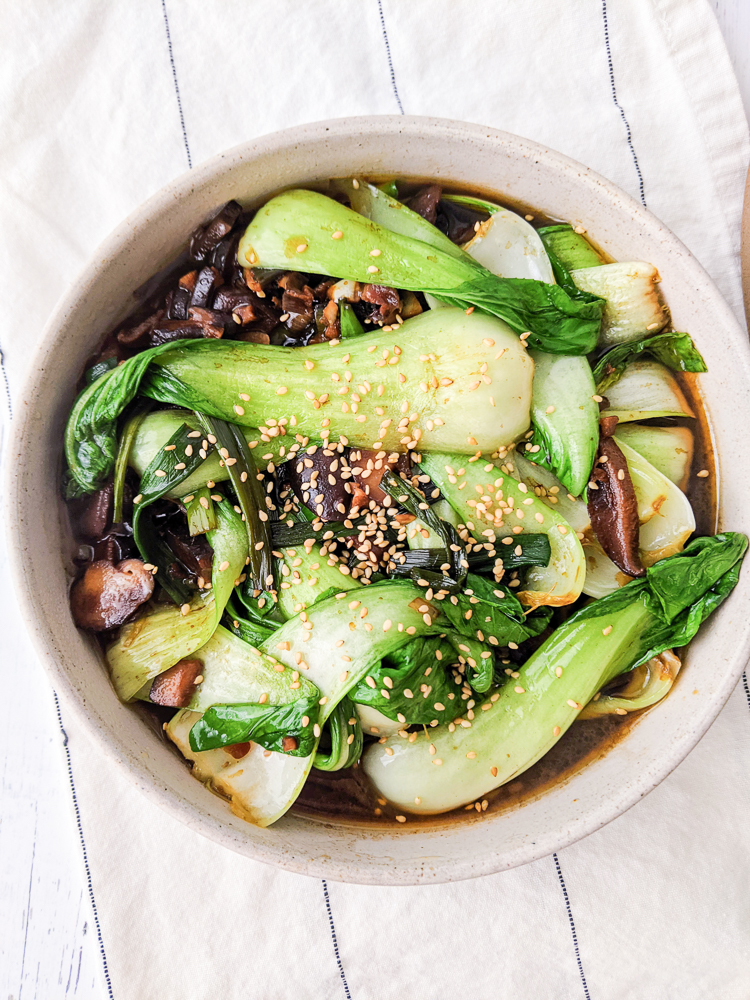
Oh dear. Even after all the time that has passed and all the scientific information that is readily available out there, MSG still has a bad reputation. Yikes. So I’d like to talk about the truth about MSG. Is MSG really bad for you?
I’m posting the truth about MSG because of a simple Instagram story where the owner of one of my partner’s favorite carts was rightfully lecturing certain white people that MSG is not as awful as people think it is. Fortunately, most of the people who commented agreed so that was refreshing. I loved how he bragged about using so much MSG! Ha!
But the fact that there were a few commenters who tried to counter with fake information and continue to spread a myth that is deeply rooted in xenophobia was rather troubling.
What is MSG?
Haha people hate it but don’t even know what it is.
MSG stands for Monosodium Glutamate. It’s a flavor enhancer – a salt, actually- that was developed in the early 1900s by Kikuane Ikeda, a Japanese chemist, who discovered the taste of “umami” which pretty much means “deliciousness” or “pleasurable”.
Umami is the fifth taste after bitter, sweet, salty and sour. Ikeda wanted to replicate the “umami” taste of the dashi in his soup so he extracted the glutamic acid (also known as glutomate) from the kelp that made the dashi and he crystallized it and formed MSG , the flavor enhancer that many eateries use today. He also was able to trademark the process of creating MSG.
The truth about MSG though is that it naturally occurs in many foods such as aged cheeses, tomatoes, mushrooms and more. In this case it’s the glutomate I mentioned above. The only difference between the two is that one naturally occurs and one doesn’t. The glutomate that’s found in foods naturally just doesn’t come with the sodium. However, our bodies process both glutomate and MSG in the same way. They’re virtually the same.
Nowadays, MSG is made differently via fermentation of sweeter ingredients like cassava, corn, sugar beets or even sugar cane.
However, the general public doesn’t seem to know this and MSG is also known as a bad ingredient that they think is only used in Chinese restaurant that makes everyone sick.
Despite resources that are available on the internet and in scientific journals, people still choose to believe that MSG is bad or might genuinely not have it on their radar to even research it because the belief that it’s bad is so ingrained in their brains.
Why does MSG have such a bad reputation?
Because in 1968 a man wrote to the New England Journal of Medicine” and complained about how he supposedly felt ill after he would eat at Chinese restaurants. The ingredient MSG became the scapegoat. He titled his piece “Chinese Restaurant Syndrome”.
Other people started writing to the journal to support his idea because of their own supposedly similar experiences whereas other people who wrote in thought the idea of Chinese food making people sick was laughable.
So that was when and why the myth and debate about MSG started and it is still happening today despite more and more people finally learning the truth about MSG.
The truth about MSG is that the myth is deeply rooted in xenophobia and was only further exacerbated by gullible and/or racist people who liked to flaunt their fake claims yet regularly ate other foods with MSG in it…and they turned out fine.
Where and in what foods is MSG used as an add-on?
Well it is definitely used in a lot of Chinese cooking. Unfortunately, many Chinese restaurants have given into the myth because so many people are still uninformed and these restaurant owners need to make a living too. Hopefully they’ll realize that more and more people are starting to understand that MSG isn’t the enemy and they can cook the way they want.
The truth about MSG though is that it is used in many fast food chains and processed canned and frozen foods that Americans love to gorge on.
No one complains about them though.
How is it racist though?
Three words: Chinese Restaurant Syndrome
That was the title of the letter that dude wrote in 1968. He had an American Chinese name but I don’t know if he was Asian or white. For all I know, he could’ve been both or neither. Either way, titling his piece in that way that was flat out racist but of course people didn’t talk about that back in the day despite open racism being prevalent.
In the land where many, many people live off of unhealthy food that contains MSG, it’s interesting how people don’t complain about it when they’re stuffing their faces with certain, popular canned soups yet try to avoid Chinese restaurants unless there’s a sign saying that they don’t use MSG.
You see: Chinese people and anyone deemed “different” or “foreign” or “exotic” can’t use MSG.
They (KFC, Chik-Fil-A, Doritos, etc) can use MSG. See what I mean? Many people don’t even know what they’re putting in their bodies. Because why would you complain about Chinese restaurants using MSG yet you stuff your face with other items that use MSG?
Yes. That’s why.
The truth about MSG is that people who continue to open their mouths and spread lies about MSG and linking Chinese restaurants to the nonexistent “problem” of MSG are contributing to racism whether they know it or not.
Why does all this matter?
Because racism isn’t okay and MSG rules. Straight up. And I’m honestly tired of rolling up to a Chinese restaurant to see that sign on the door that says there’s no MSG. It makes me want to eat somewhere else because I’m not trying to go to a place that doesn’t cater to people like me. But of course I want to be able to patronize a Chinese restaurant.
Spreading misinformation about MSG, especially with the “Chinese Restaurant Syndrome”, is an assault on Chinese culture and cuisine and it’s time for it to stop.
If people get sick after eating at Chinese restaurants, I can think of a million reasons because the truth is that many of them sadly don’t use MSG anymore.
Maybe the sick person had a specific fried dish they get is too greasy for their system? Maybe they ate too much? Maybe they truly are unknowingly gluten intolerant so they liberally splash loads of soy sauce (which contains wheat) on every dish they have while gorging on noodles also made out of wheat.
The one time I got sick from eating at a Chinese restaurant, it was in 2007 in San Francisco. It wasn’t some hole-in-the-wall but at a “nicer” trendier spot. I always suspected it was a fluke food poisoning. I was violently ill and the symptoms were identical to two other times in my life I got food poisoning (once at home from food that had been unknowingly left out and another from some food stall at the Emeryville Public Market where the food sits on the counter in what should be supposedly hot trays under heat lamps).
After growing up in Oakland and eventually moving to San Francisco as an adult, I have had various types of Chinese food (from Sichuan to Guangdong to Hunan). I have eaten at Chinese eateries in different regions in the US, South America, Asia and Europe for over three decades.
And I’ve gotten only sick once.
So what is the truth about MSG?
The truth about MSG is that it isn’t an awful creation meant to make people sick. There is no conclusive evidence that shows MSG to be “bad” or “harmful” for most people..
Will you get sick if you eat loads and loads and loads of MSG? Probably! But in the way you’d get sick if you eat too much salt or sugar or, well, just about anything! Moderation is key.
And, of course, like with almost everything else, some people will have a true intolerance to it the same way they have intolerances to other things such as wheat, sugar, peanuts, legumes, certain fruits and veggies, etc. The list just goes on.
But if someone has been eating loads of fast food and lives off of processed food but are scared to eat at a Chinese restaurant then they should probably assess themselves.
So go forth, my readers if you haven’t already, and get down with the real MSG…not the MSGs in them fortune cookies. *ba dum tss*
Sources:
https://en.wikipedia.org/wiki/Kikunae_Ikeda
https://www.fda.gov/food/food-additives-petitions/questions-and-answers-monosodium-glutamate-msg
https://www.umamiinfo.com/ikedakikunae/
https://fshn.illinois.edu/news/dietitians-say-there-no-scientific-evidence-msg-bad-you
